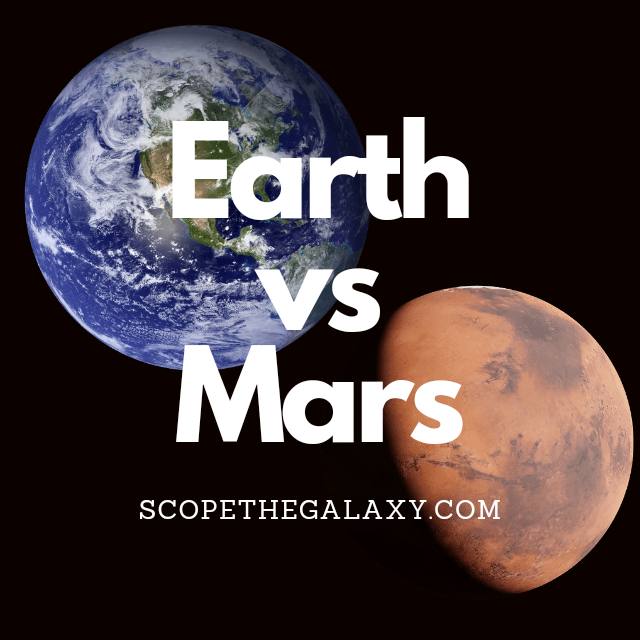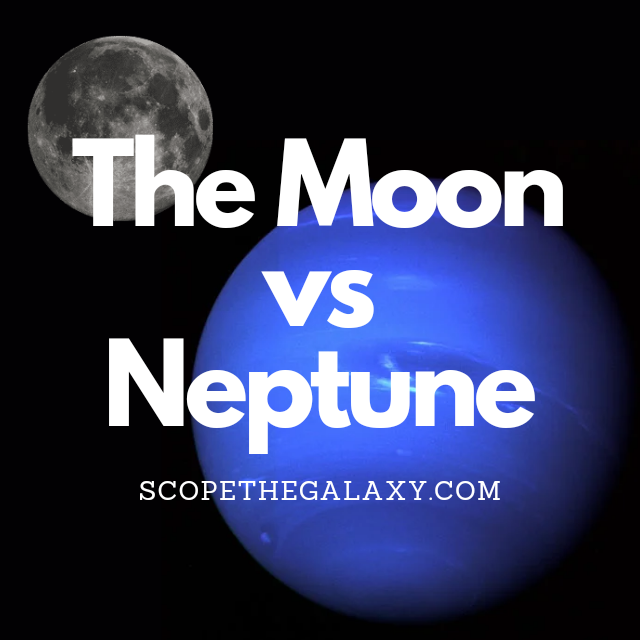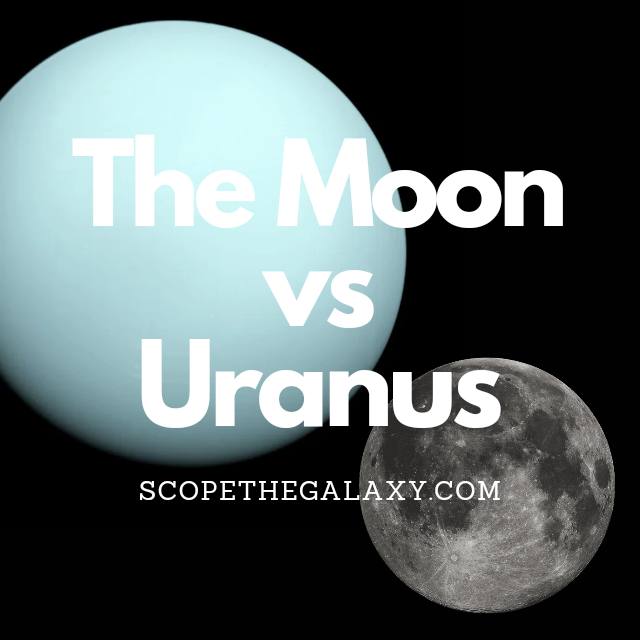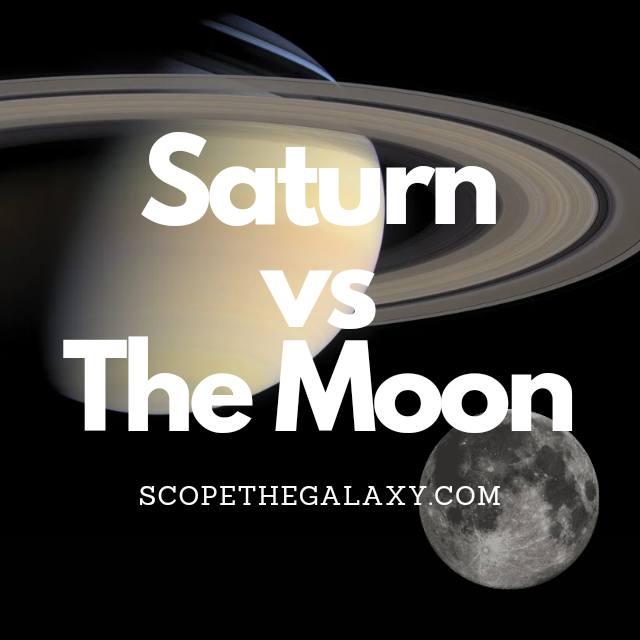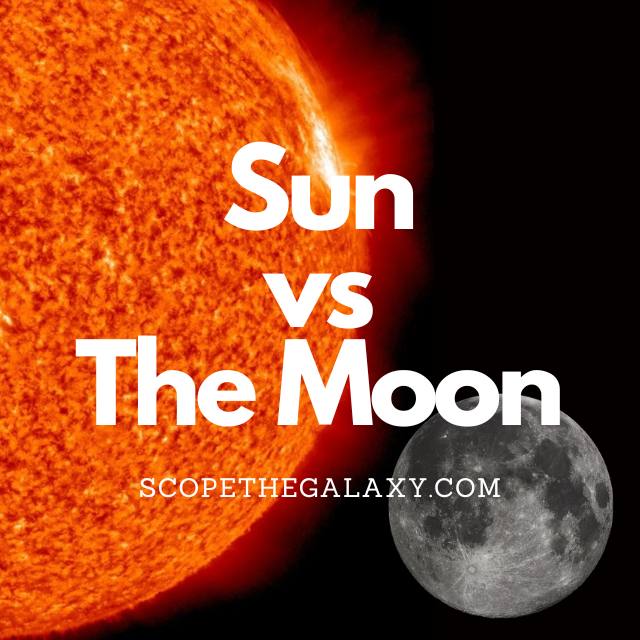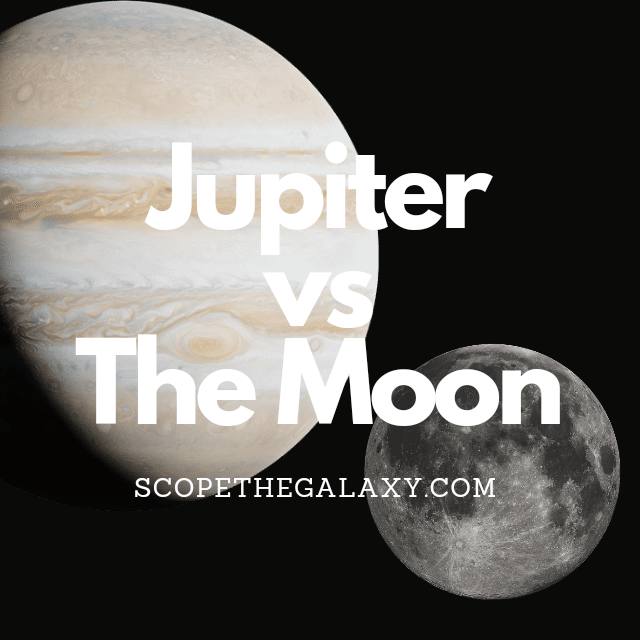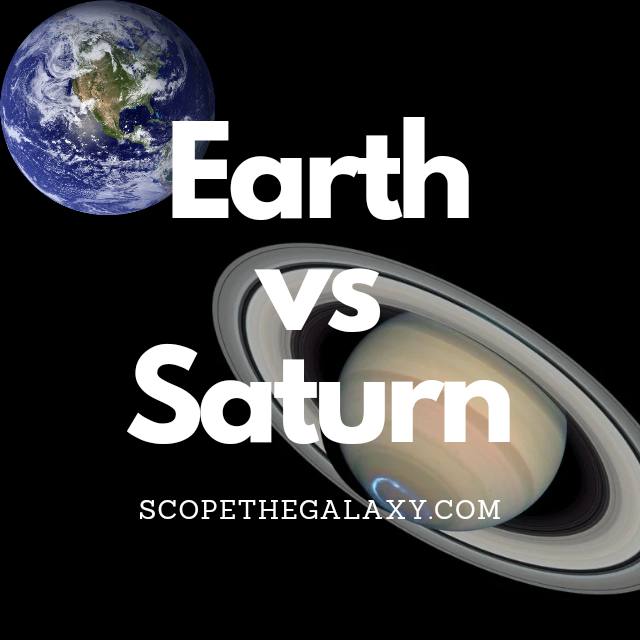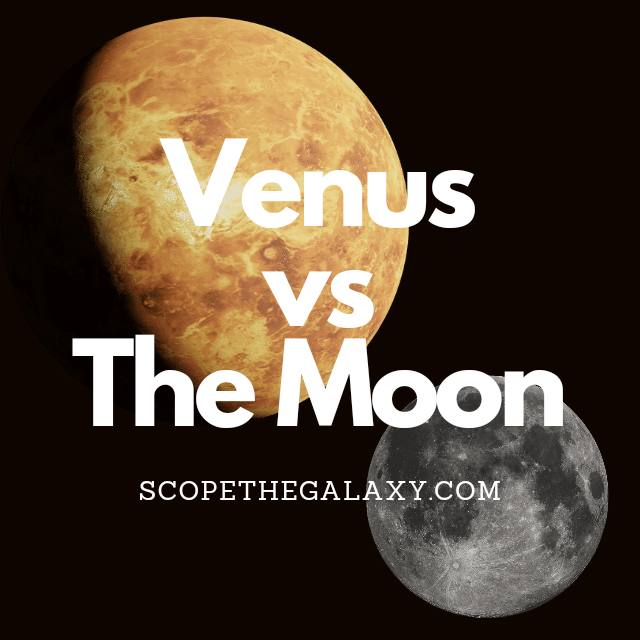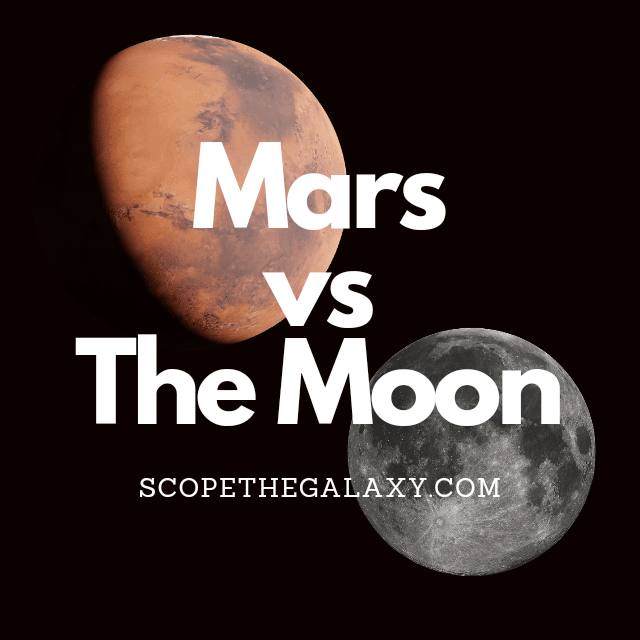Earth vs Mars (How Are They Different?)
The main differences between Earth and Mars is that Earth is bigger with a diameter of 12,724km whereas Mars is 6,779km, Mars has 2 Moons whilst the Earth has 1, Mars’ atmosphere is only 1% of Earth’s, Mars is the 4th farthest planet from the Sun whilst Earth is 3rd and unlike Mars Earth is … Read more

